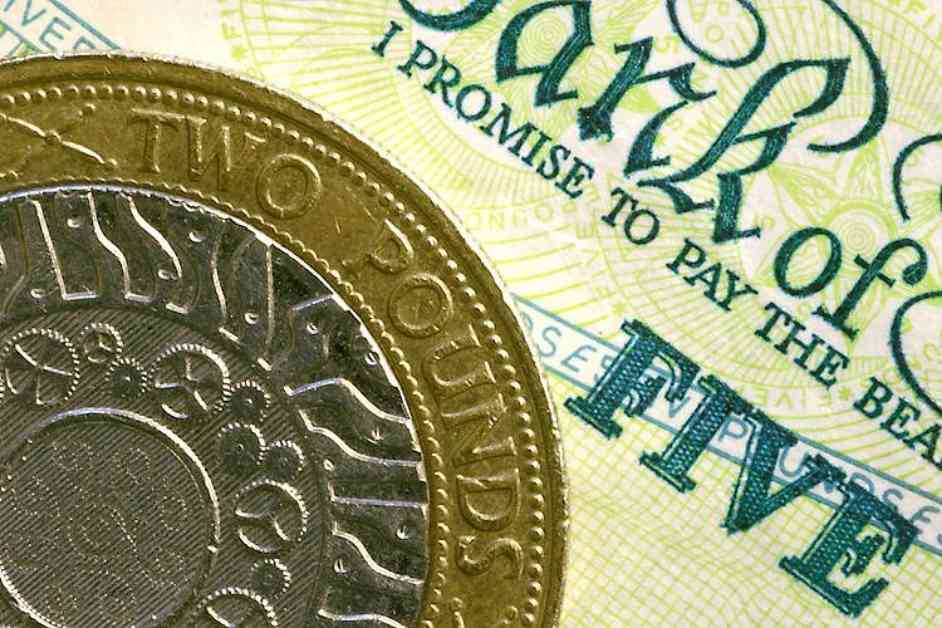The Pound Sterling faced a decline in Wednesday’s London session, hovering near 1.2825 against the US Dollar, as investors awaited the outcome of the Bank of England’s (BoE) interest rate decision on Thursday. Speculation around potential rate cuts by the BoE has put pressure on the British currency, with expectations of a 25 basis points reduction in rates. This would mark the first rate cut by the BoE since March 2020.
Despite the growing anticipation of BoE rate cuts, policymakers are cautious due to high inflation in the service sector, which stood at 5.7% in June, exceeding the bank’s forecast of 5.1%. The central bank has been following a restrictive monetary policy stance since December 2021 to curb inflation driven by pandemic-induced stimulus measures.
On the other hand, the US Dollar showed weakness as investors anticipated a dovish stance from the Federal Reserve (Fed) regarding interest rates. The Fed is expected to maintain rates within the range of 5.25%-5.50% in its upcoming decision, signaling a possible indication of future rate cuts. The CME FedWatch Tool data indicates that a 25 basis points reduction in rates is already priced in for the September meeting.
The Pound Sterling fell against the US Dollar to around 1.2825 despite the Dollar’s weakness, indicating significant selling pressure on the British currency. The US Dollar Index (DXY) dropped by 0.2% to 104.20 as investors focused on the Fed’s monetary policy announcement scheduled for Wednesday. The Fed’s decision is closely watched, as any hints of potential rate cuts could impact market sentiment.
In addition to the central bank decisions, investors are also keeping an eye on economic indicators such as the ADP Employment Change data for July, which is expected to provide insights into the labor market conditions in the private sector.
From a technical analysis perspective, the Pound Sterling has dipped below the 20-day Exponential Moving Average (EMA) and is approaching a key support level of 1.2800 against the US Dollar. The 14-day Relative Strength Index (RSI) is also trending lower, indicating a potential downside momentum for the GBP/USD pair.
Overall, the Pound Sterling’s value is heavily influenced by the BoE’s monetary policy decisions and economic indicators that reflect the health of the UK economy. While uncertainties loom over the British currency due to rate cut speculations, the outcome of the BoE and Fed policy decisions will likely steer the direction of the GBP/USD pair in the near term. Investors are advised to stay informed and exercise caution in their trading decisions amid the evolving market dynamics.

















